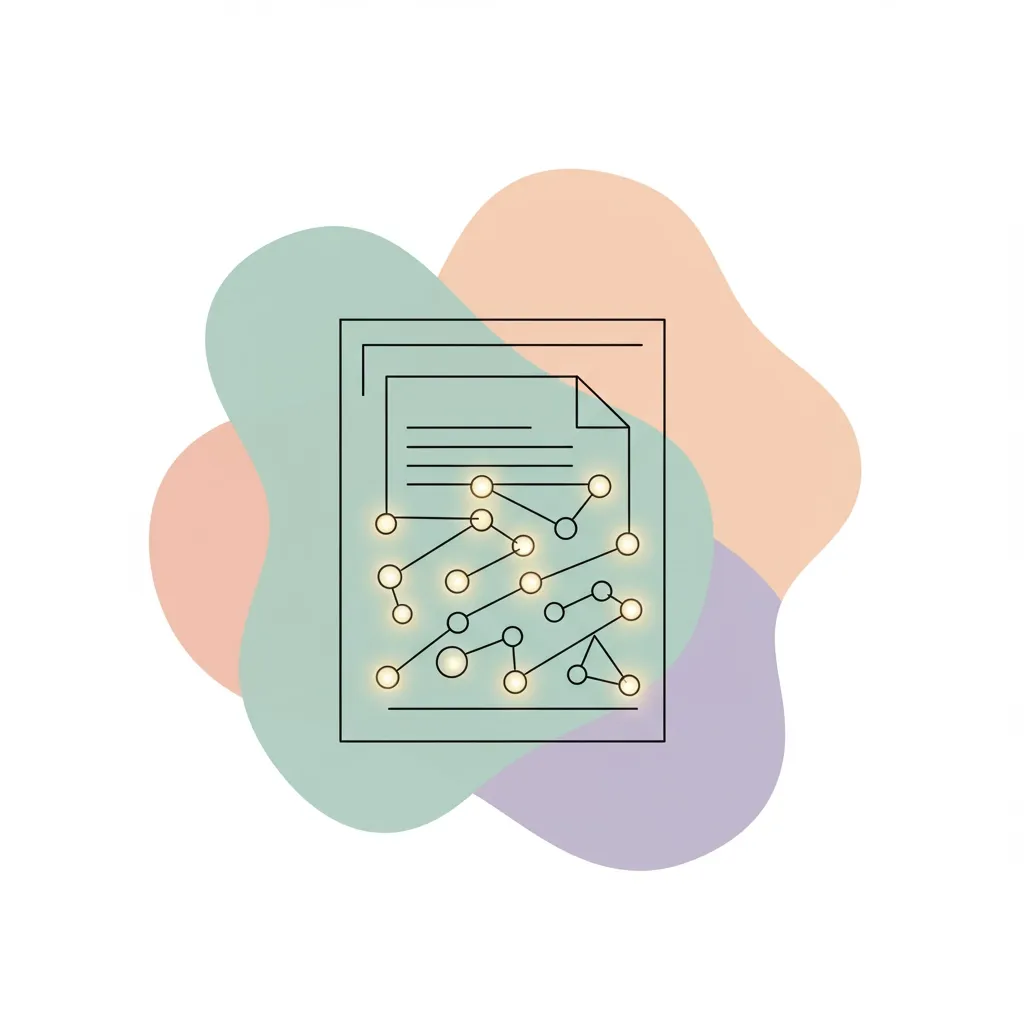Beyond Keywords: How Cruit Understands the *Concepts* in a Job Description

Beyond Keywords: How Cruit Understands the Concepts in a Job Description
Winning a job in the modern market requires moving beyond simple keyword matching. Advanced platforms now use semantic analysis to understand the concepts and intent behind a job description, giving strategic candidates a significant advantage over those who simply stuff their resume with buzzwords.
Why Keyword Matching Isn't Enough
For years, the primary advice for job seekers was to optimize their resumes for Applicant Tracking Systems (ATS) by mirroring keywords from the job description. This led to a focus on surface-level matching rather than demonstrating true competency.
This outdated strategy often fails because it misses the context. A job description isn't just a list of keywords; it's a description of problems that need solving. Advanced AI understands this nuance.
What is Semantic Analysis in Job Descriptions?
Semantic analysis is the process of using AI to understand the meaning, context, and relationships between words in a text. It goes beyond identifying individual keywords to grasp the underlying skills and responsibilities required for a role.
Mini-definition: An Applicant Tracking System (ATS) is software used by recruiters to filter and manage job applications. Modern ATS platforms often incorporate semantic analysis.
For example, instead of just seeing "data analysis," a semantic tool understands this implies skills in Excel, SQL, or Tableau, as well as competencies like critical thinking and attention to detail, even if those specific words aren't listed.
How AI Identifies Transferable Skills
One of the most powerful applications of this technology is identifying transferable skills—the hidden strengths demonstrated through your accomplishments. This is crucial for career changers.
AI can recognize that a teacher's experience in "curriculum design" and "classroom management" translates directly to a corporate role in "instructional design" or "corporate training."
This conceptual understanding connects your past experience to future opportunities in ways that simple keyword matching cannot. It reveals career paths you may not have considered.
The Difference Between Skills, Competencies, and Responsibilities
Understanding how AI categorizes the language in a job description helps you tailor your application more effectively. Recruiters are looking for a blend of all three.
| Category | Definition | Example |
|---|---|---|
| Skill | A specific, teachable ability. | "Proficiency in Python," "SEO," "Graphic Design" |
| Competency | The behavior or mindset needed to use a skill effectively. | "Strategic Thinking," "Leadership," "Adaptability" |
| Responsibility | The primary tasks and duties of the role. | "Manage the quarterly marketing budget," "Develop new software features" |
Frequently Asked Questions About Job Analysis
How do I analyze a job description effectively?
Start by breaking it down into the core responsibilities, required skills (hard and soft), and key qualifications. Look for the "problem" the company is trying to solve with this hire and think of examples where you have solved similar problems.
What are the most important things to look for?
Focus on the duties mentioned in the first few bullet points, as they are often the highest priority. Pay close attention to the "Requirements" section to identify non-negotiable skills or experience.
Can AI help me prepare for an interview based on the job description?
Yes. AI tools can generate likely interview questions based on the required skills and responsibilities. This helps you prepare specific examples from your past using frameworks like the STAR method to structure your answers.
How Cruit's Job Analysis Module Gives You an Edge
Cruit is built on this principle of deep, conceptual understanding. The Job Analysis Module and Resume Tailoring Module work together to give you a strategic edge.
When you paste a job description, Cruit’s AI performs a deep semantic analysis, comparing it against your resume. It goes far beyond keyword matching to identify true "Matching Skills" and honest "Skill Gaps."
Instead of just telling you that you lack a skill, Cruit provides a personalized roadmap of "Corrective Actions." It suggests specific online courses, hands-on project ideas, or relevant industry blogs to follow.
During tailoring, Cruit's AI engages you in a conversation to uncover relevant experiences you may have overlooked. It asks probing questions like, "In your previous role, did you track any performance metrics?" This helps you articulate how you've already demonstrated a required skill, ensuring your resume is both optimized and 100% authentic.
This guide was created by Cruit, a career growth platform that helps professionals build and execute their career strategy.